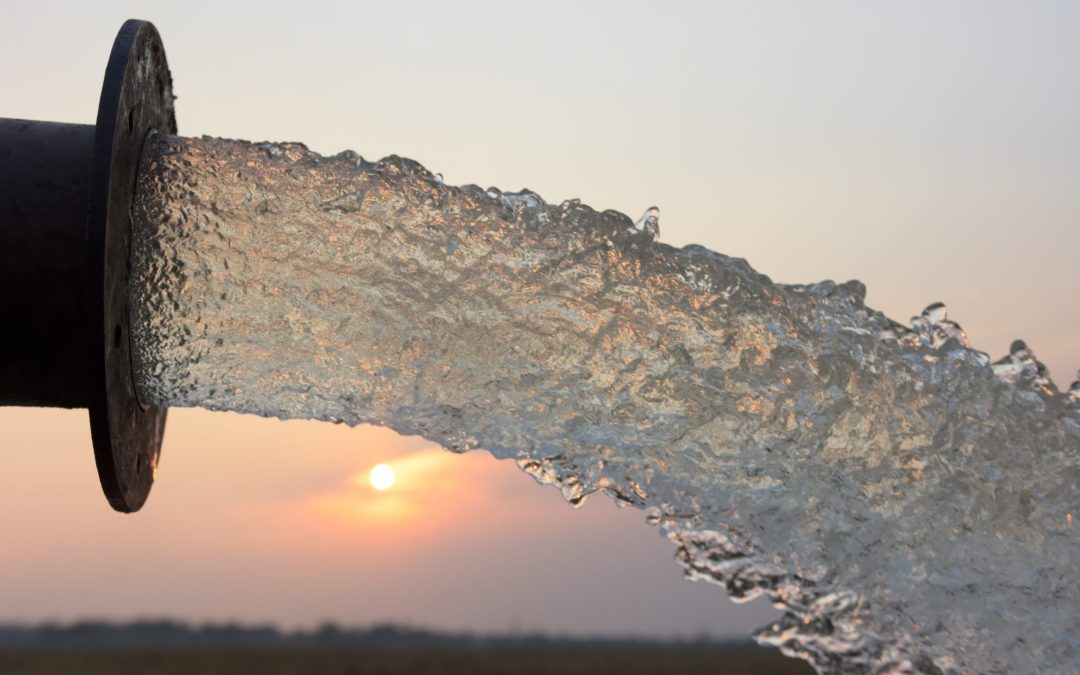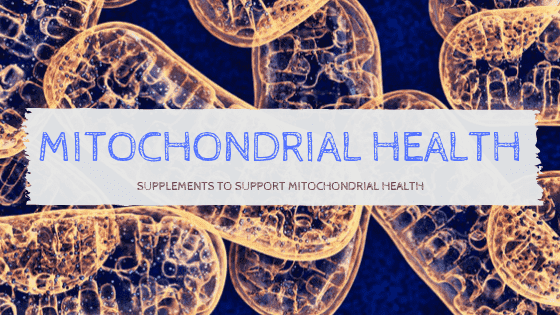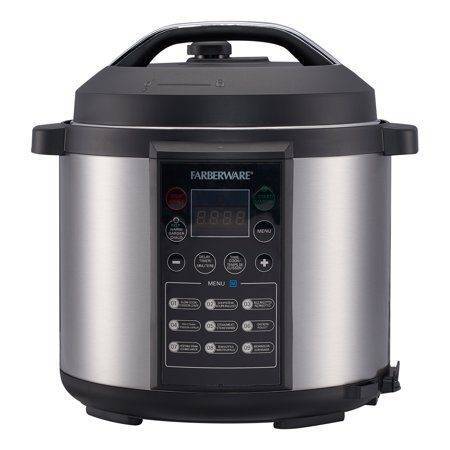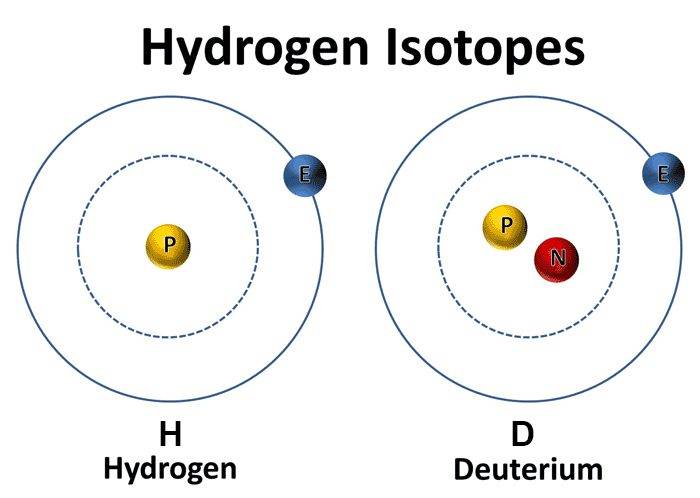Toxic water PFAS found above federally safe levels in 33 states.
What are toxic PFAS?
According to the NIH: PFAS are a large, complex, and ever-expanding group of manufactured chemicals that are widely used to make various types of everyday products. For example, they keep food from sticking to cookware, make clothes and carpets resistant to stains, and create firefighting foam that is more effective. PFAS are used in industries such as aerospace, automotive, construction, electronics, and military.
NIH
Exposing Toxic PFAS
PFAS molecules are made up of a chain of linked carbon and fluorine atoms. Because the carbon-fluorine bond is one of the strongest, these chemicals do not degrade in the environment. In fact, scientists are unable to estimate an environmental half-life for PFAS, which is the amount of time it takes 50% of the chemical to disappear.
In other words, Forever toxicity!
How Are People Exposed to PFAS?
These widespread, manmade chemicals have leached into our soil, air, and water. People are most likely exposed to these chemicals by consuming PFAS-contaminated water or food, using products made with PFAS, or breathing air containing PFAS. More research is needed to fully understand all sources of exposure, and if and how they cause health problems.
One report by the Centers for Disease Control and Prevention’s National Health and Nutrition Examination Survey (NHANES) found PFAS in the blood of 97% of Americans.1 A more recent NHANES report suggested a reduction in blood levels of PFOS and PFOA since their removal from consumer products in the early 2000s. However, the number of new PFAS chemicals appear to be increasing, and exposure is difficult to assess.

Why Be Concerned About Toxic PFAS?
Concerns about the public health impact of PFAS have arisen for the following reasons:
Widespread occurrence.
Studies find PFAS in the blood and urine of people, and scientists want to know if they cause health problems.
Numerous exposures.
PFAS are used in hundreds of products globally, with many opportunities for human exposure.
Growing numbers.
More than 4,700 PFAS exist,
An ever increasing number as industry invents new forms of this type of chemical.
Persistent.
PFAS remain in the environment for an unknown amount of time and may take years to leave the body.
Bioaccumulation.
Different toxic PFAS chemicals may enter the food chain in various ways, gradually accumulating and remaining in a body over time—a process due to more intake than excretion of the chemicals.
What is NIEHS Doing?
The National Institute of Environmental Health Sciences and the National Toxicology Program are supporting research to better understand the potential health effects of exposure to PFAS.
What We Have Learned So Far
When looking for possible human-health effects of chemical compounds, it is important to understand that they are hard to study, especially with thousands of variations in PFAS chemicals. Much PFAS research has been supported or led by NIEHS.
The research conducted to date reveals possible links between human exposures to PFAS and adverse health outcomes.
These health effects include:
- Altered metabolism
- Infertility,
- Reduced fetal growth
- Increased risk of being overweight or obese
- Reduced ability of the immune system to fight infections.
While knowledge about the potential health effects of PFAS has grown, many questions remain unanswered. Therefore, NIEHS continues to fund or conduct research to better understand the effects of PFAS exposure.
Research on two kinds of PFAS forms the basis of our scientific understanding about this group of chemicals. Perfluorooctanoic acid (PFOA) and perfluorooctane sulfonate (PFOS) were manufactured for the longest time, are the most widespread in the environment, and are the most well-studied. Although these two compounds are no longer made in the United States, chemical manufacturers have replaced them with alternative PFAS, such as GenX.

The Breakdown of Toxic Water PFAS Locations in USA
Sixty-six of the public water supplies examined, serving six million people, had at least one water sample that measured at or above the EPA safety limit of 70 parts per trillion (ng/L) for two types of PFASs, perfluorooctanesulfonic acid (PFOS) and perfluorooctanoic acid (PFOA). Concentrations in some locations ranged as high as 349 ng/L for PFOA and 1,800 ng/L for PFOS.
The highest levels of PFASs were detected in watersheds near industrial sites, military bases, and wastewater treatment plants — all places where these chemicals may be used or found.
“These compounds are potent immunotoxicants in children and recent work suggests drinking-water safety levels should be much lower than the provisional guidelines established by EPA,” said Elsie Sunderland, senior author of the study and associate professor at both the Harvard Chan School and SEAS.
The bottom line from this author’s perspective is to not wait another second to obtain pure, PFAS free water with an appropriate water filtration system. If you believe that waiting to see what further studies find out about these contaminants, you are being a fool.
There is no doubt that at the very least, these unnatural toxic water microbes are not good for ingestion and at worst, deadly chemicals that will cause cancers and other disease and shorten your life! These institutions are always looking for funding to continue milking the cause under the guise of humanitarian concern while years will go by with inconclusive tests that require further funding and time. Do not wait another moment if you do not have a verified quality source for water and take action!
Best Water Filters For Fighting Toxic Water:
- Best Pitcher – Clearly Filtered Water Pitcher
- Best Countertop Water Filter – Big Berkey Gravity-Fed Water Filter
- Best Dispenser – Epic Pure Water Filter Dispenser
- Best Under Sink Filter – Clearly Filtered 3-Stage Under the Sink System
- Best Reverse Osmosis System – Waterdrop WD-G3-W
- Best Faucet Water Filter – PUR Advanced Faucet Filtration System
- Best Shower Filter- AquaBliss High Output Revitalizing Shower Filter
- Best Portable Water Filter – Travel Berkey
- Best Backpacking Water Filter – Sawyer Gravity Water Filtration System
- Best Filtered Water Bottle – Clearly Filtered Water Bottle
- Best Whole House Filter – SpringWell Whole House Water Filter System
- Best Water Softener for Hard Water – SpringWell Futuresoft
Read our Article on Deuterium Water
Take our Holistic Health Assessment Quiz










